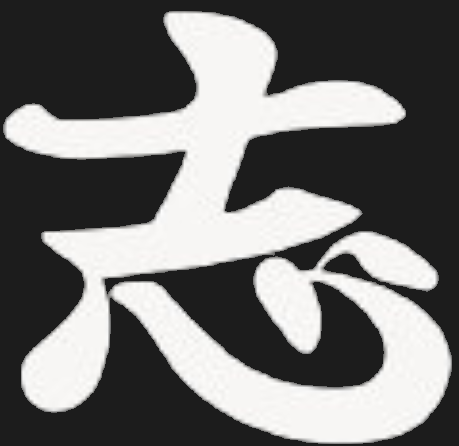The Kodokan (Kodokan literally means “school for studying the way”) is a dojo founded in 1882 by Dr. Jigoro Kano, the founder of judo. Its current president is Mr. Haruki Uemura.
The first students aged 15 to 18 years old, enrolled on June 5, 1882. Dr. Jigoro Kano housed and cared for them like a father. Although money was tight for the young teacher, it was an exciting time. The original dojo had a tatami (training mat) of 20 square meters and the following year it doubled. Two years later Dr. Jigoro Kano built a dojo that featured a tatami of about 80 square meters.
During that era, meetings and competition between various schools of ju jitsu increased. The Kodokan won its first stunning victory in 1886 in a famous tournament held at the police dojo in Tokyo. The young school won many other events thanks to a student of Dr. Jigoro Kano, Shiro Saigo, who joined the Kodokan at the age of 16.
When Dr. Jigoro Kano began travelling around the world, he left his best students in charge of managing the Kodokan.
In 1887, the Butokukai, a national school of martial arts was created by the Japanese government. Under the leadership of Dr. Jigoro Kano this school soon became a rival of the Kodokan. A few years later the Kosen dojo was created by the Tokyo Imperial University. Despite stiff competition, the Kodokan continued to progress with the largest dojo in Japan at 185 square meters.
In 1909 the Kodokan became a public institution and the katas originally established for the Butokukai became part of the program. Shortly thereafter, a women’s section was opened and the Kodokan developed cultural associations and research committees.
In 1934 the Kodokan moved to a new three story building. It had 2000 square meters of tatamis (mats) and was proclaimed to be the “Mecca of judo.” Growing in popularity, in 1958 the Kodokan again moved to a more modern and spacious building located at 1-16-30 Kasuga, Bunkyo-ku, Tokyo 112-0003.
In addition to its vast training area, it features special rooms reserved for women, children, students, and individuals. The Kodokan also accommodates instructors and visitors.
Learn more about the Kodokan at: www.kodokan.org

